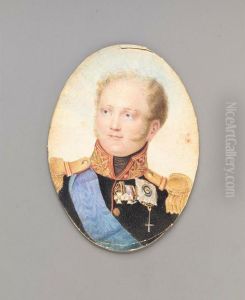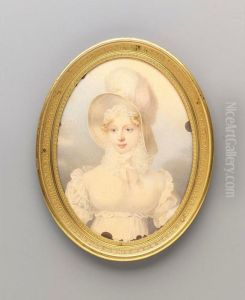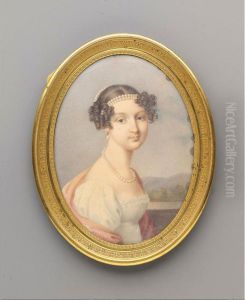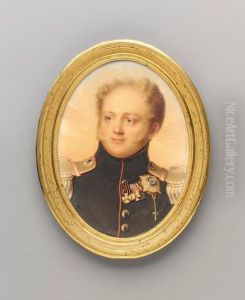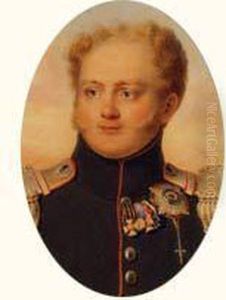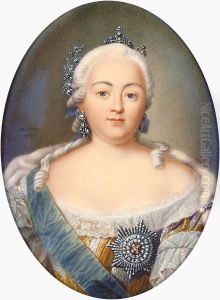Jean Henri Benner Paintings
Jean Henri Benner was a French painter born on March 8, 1836, in Mulhouse, France. He came from an artistic family, as his father Jean Benner-Fries was also a painter. Benner is primarily known for his genre paintings and portrayals of flowers, which were highly prized during his lifetime.
Benner's artistic journey began under the guidance of his father and was further developed during his time at the École des Beaux-Arts in Paris. There, he studied under prominent artists such as Michel Martin Drolling and François-Édouard Picot. His education at this prestigious institution grounded him in the academic traditions of French art, which were dominant during the mid-19th century.
In 1863, Benner exhibited for the first time at the Paris Salon, the official art exhibition of the Académie des Beaux-Arts in Paris. His work garnered attention and praise, leading to a successful career as an artist. He continued to exhibit regularly at the Salon, building a reputation for his finely painted still lifes and genre scenes that often carried a sense of tranquility and harmony.
Jean Henri Benner's style was influenced by the prevailing taste for realism and naturalism, but he also incorporated a certain romantic sensibility in his work. He possessed a particular talent for capturing the delicate textures of flowers and the subtleties of light and shadow, which brought a lifelike quality to his still lifes.
His genre scenes often depicted women and children in peaceful domestic or pastoral settings, reflecting the period's fascination with idealized visions of rural life. Benner's compositions were noted for their refined elegance and the serene mood they evoked.
Throughout his career, Benner achieved commercial success and was awarded several medals for his work, including at international exhibitions. His paintings were sought after by collectors in France and abroad, and he was considered a respected member of the artistic community of his time.
Jean Henri Benner passed away on February 16, 1906, in Paris. Although not as widely known today, his paintings can be found in various museum collections and continue to be appreciated by connoisseurs of 19th-century French art. His contributions to the art world are remembered as a reflection of the era's aesthetic values and the technical skill of its practitioners.
